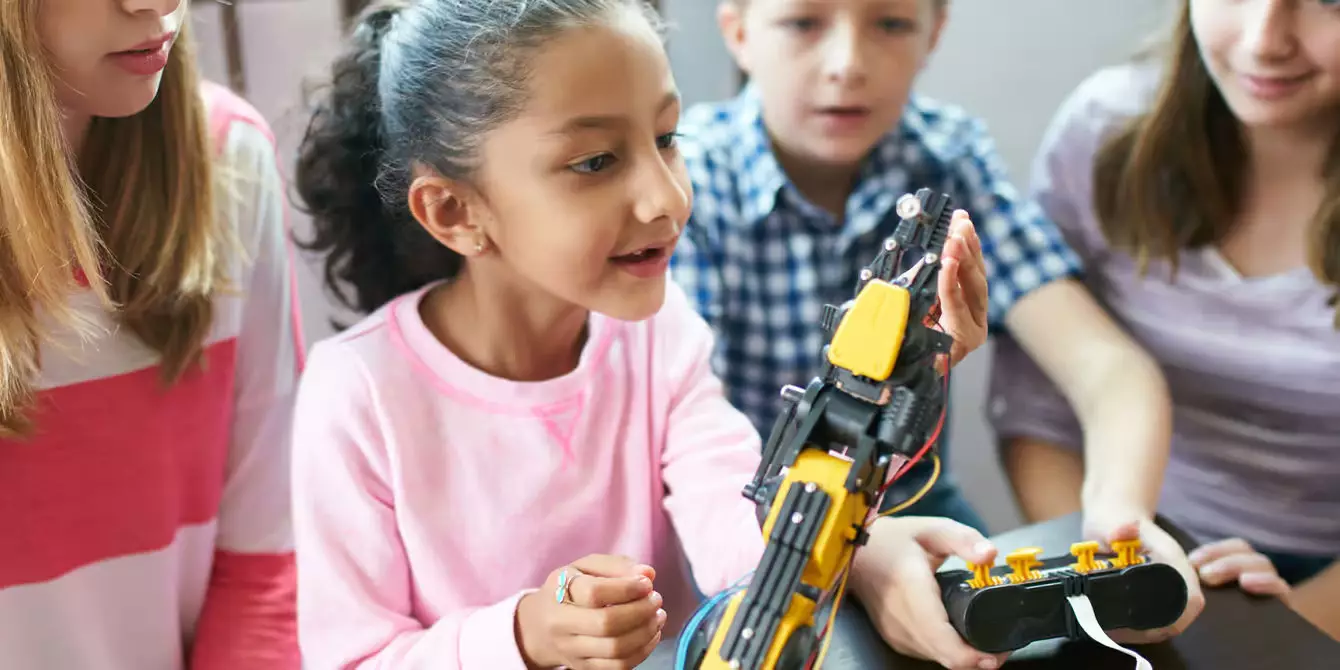In the rapidly evolving landscape of education, STEM—an acronym representing Science, Technology, Engineering, and Mathematics—has emerged as a cornerstone for modern learning. Introduced to the educational lexicon in 2001 by Judith A. Ramaley, the concept of STEM was propagated by the National Science Foundation (NSF). This initiative aimed to cultivate critical thinkers and create a workforce ready for the complexities of the future. As this educational model gains traction across the globe, its significance in shaping the minds and skills of young learners cannot be understated.
STEM education is designed to break down the silos between different academic disciplines, allowing students to engage in collaborative learning experiences. This hands-on approach not only encourages problem-solving but also inspires creativity and inquisitiveness, laying a foundation for lifelong learning. As educators emphasize the interconnectedness of these fields, they provide students with the tools required to navigate an increasingly complex world.
Research has substantiated the myriad benefits associated with early childhood exposure to STEM education. From enhancing critical thinking and cognitive abilities to fostering emotional and social skills, the impact is profound. As Greg McDonough, Innovation Space Director at Lake Forest Country Day School, observes, the STEM curriculum nurtures skills that extend well beyond academic achievement. It shapes confident learners who are equipped to tackle real-world problems.
According to experts, the innate curiosity exhibited by young children serves as an ideal springboard for introducing STEM concepts. As soon as they begin to explore their surroundings—peering into the workings of nature or experimenting with household items—parents and caregivers can effortlessly integrate STEM activities into daily life. By doing so, they promote a spirit of inquiry that is crucial for fostering future innovators.
Parents and guardians play a pivotal role in nurturing their children’s understanding of STEM. For those looking to enrich their child’s learning experience, several practical strategies can be employed:
1. **Create an Imaginative Workspace**: Designate a “maker corner” at home, fully stocked with a variety of materials—from cardboard and Legos to art supplies. This space should invite children to create and collaborate, encouraging questioning and experimentation.
2. **Engage with Open-Ended Questions**: When undergoing play or exploration, parents should encourage children to think critically by posing open-ended questions. This tactic nurtures prediction-making and hypothesis-testing, vital components of scientific thinking.
3. **Encourage Resilience**: Instead of immediately intervening when children face challenges, allow them to attempt solutions independently. This experience fosters perseverance and innovative thinking, critical skills for future success.
4. **Incorporate STEM in Daily Activities**: Everyday tasks, such as cooking or gardening, serve as rich opportunities for STEM learning. Involve children in measuring ingredients or discussing plant growth to make these activities educational.
5. **Enroll in Specialized Programs**: Consider looking for preschools or workshops focused on STEM. Many educational institutions now offer tailored programs that immerse children in engaging STEM environments.
The evolving challenges posed by climate change, technological advancements, and public health crises highlight the need for a workforce proficient in STEM. As Dr. Sally Macaluso, a special education preschool teacher, points out, early exposure to STEM not only shapes individual futures but also contributes positively to societal progress.
By engaging young learners in hands-on activities that intertwine multiple disciplines, educators are increasingly equipping them with the skills necessary to tackle complex issues. Studies show a strong correlation between early STEM learning and later academic achievement, marking it as a pivotal component in education today.
The benefits of STEM education are both immediate and enduring, impacting not only the intellectual development of children but also their overall capability as members of society. As advocates for a quality education system, both educators and parents have the power to inspire young minds by integrating STEM principles early in life.
The demand for skilled professionals in STEM fields is only poised to grow, making it imperative to foster a new generation that values curiosity, creativity, and critical thinking. By investing time and resources into STEM learning, we can collectively shape ambitious, innovative individuals capable of addressing the challenges of their future. As we stand at the intersection of education and possibility, the initiative to prioritize STEM education today will undoubtedly yield significant rewards tomorrow.

